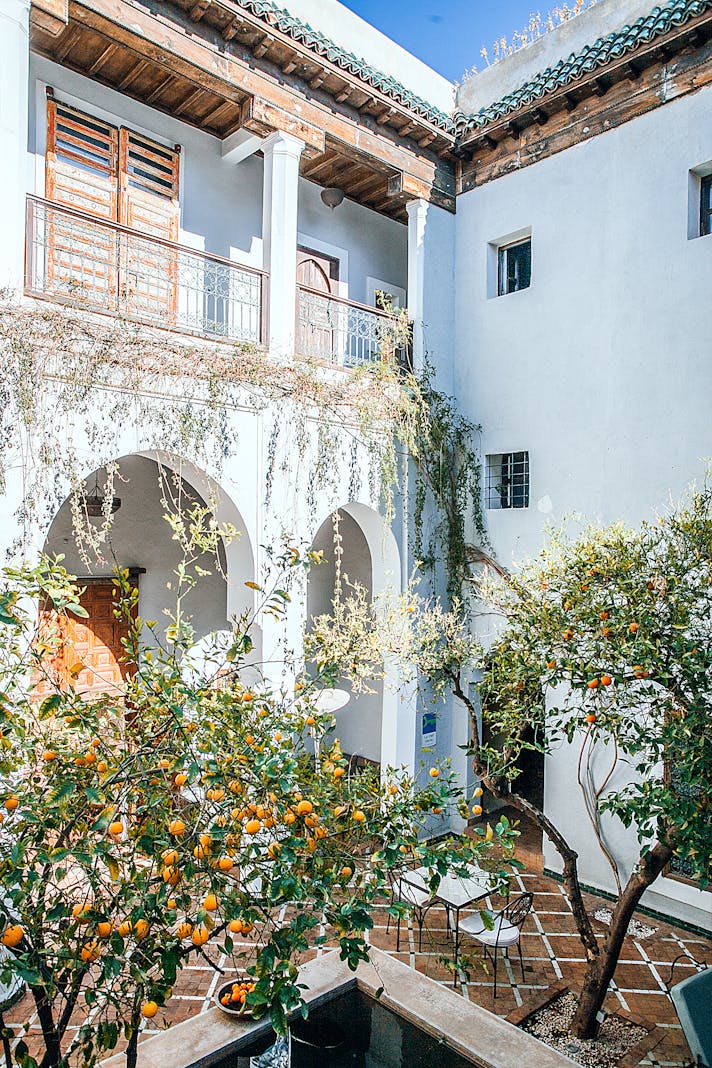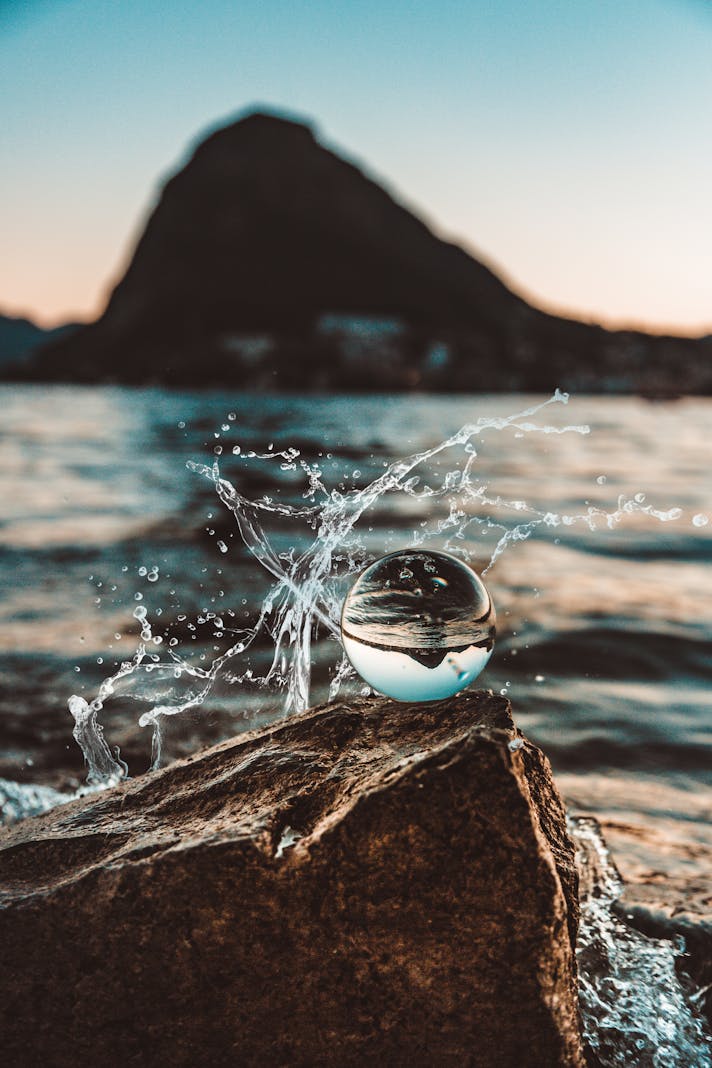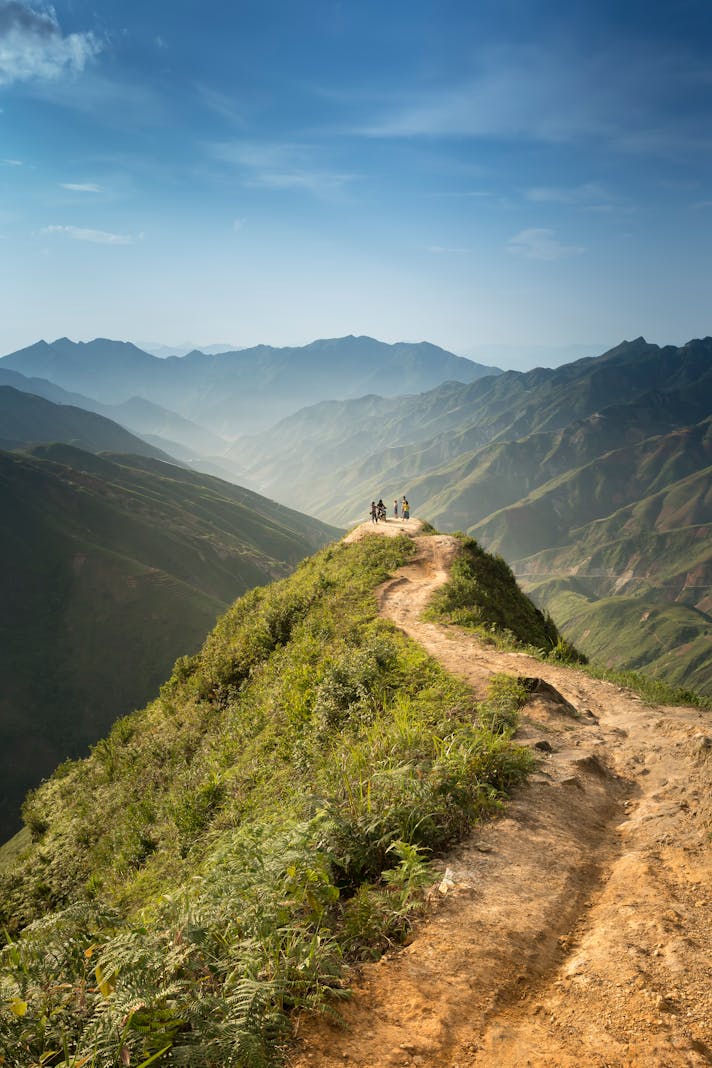Palm Springs and Environs

When the weather in the rest of the United States is cold and dreary, visitors flock to Palm Springs, California, for a dose of sun and warmth. A desert resort area since 1886, when Welwood Murray built the Palm Springs Hotel, the area was made famous as a watering hole for the elite of old Hollywood. Today, the resort area includes the cities and towns of Cathedral City, Rancho Mirage, Indian Wells, and La Quinta. The joy of a holiday here lies in its choices: visitors can be as active or as somnolent as they desire.
Those interested in the twentieth century history of the area would do well to visit the Palm Springs Historical Society’s website to book a walking tour. The outings run from an hour to two hours and showcase the various neighborhoods and homes of the rich and famous. Frank Sinatra spent a great deal of time in the area, and the area has become famous for the ‘mid-century modern’ architecture that was used to build homes for Rat Pack members. Many stores in the city proper focus on Modernism, and those interested can spend a wonderful day gallery-hopping.
Hikers will also have much to do in the Palm Springs area. The Indian Canyons are maintained by the Agua Caliente band of Cahuilla Indians, and a hike in Palm, Andreas, or Murray Canyon becomes a visit to tribal geography and culture. Admission to these canyons is nine dollars, which includes parking and provides income for the tribe. The only native palm tree in California, the Washington fan palm, flourishes here, and hikes meander from lush oases to hardscrabble mountain tops. Visitors sensitive to Native American culture will find this excursion almost sacred in nature; the canyons have a majesty and allure that few areas can match.
Hikers, families, and nature lovers will enjoy taking the Palm Springs Tramway up Chino Canyon. Traveling more than 5,000 feet in elevation, the tram passes through different ecosystems on its way up to Mountain Station. During the summer, hiking and camping are popular; in the winter, one can cross-country ski or snowshoe. The mountain air is refreshing after the desert heat, and photography opportunities are tremendous. The station area includes a restaurant and a short walking area for those less active. At a cost of twenty-five dollars per ticket, the tramway is rather expensive, but the experience is one-of-a-kind.
Gamblers have options in Palm Springs. Although the legendary Spa Hotel is no longer open, the Casino still offers slot machines and table games. The Agua Caliente band of Cahuilla Indians also operates this attraction, and provides more gambling as well as lodging at the Agua Caliente Casino Resort and Spa in Rancho Mirage.
Many people come to Palm Springs not to work out, but to relax, and the area has many resorts designed to help facilitate this option. Facilities range from small motor inns with pools to large-scale resorts with spa programs and golf. Prices vary depending on the time of year; one cost-saving plan is to visit during the summer; although many of the desert attractions are closed, the desert environment ensures that late afternoon, night, and mornings are pleasant, and the lower cost of resorts means that visitors can enjoy a massage or a treatment during the hot afternoons. For those looking to simply relax, this can be an enjoyable summer vacation.
There is much to see and much to do, as well as time simply spent with an umbrella drink and a chaise lounge, in the Palm Springs area. The Coachella Valley is only a little over one hundred miles from both Los Angeles and San Diego. Many airlines fly directly into the Palm Springs airport, with more flights available during the winter months.
Those interested in the twentieth century history of the area would do well to visit the Palm Springs Historical Society’s website to book a walking tour. The outings run from an hour to two hours and showcase the various neighborhoods and homes of the rich and famous. Frank Sinatra spent a great deal of time in the area, and the area has become famous for the ‘mid-century modern’ architecture that was used to build homes for Rat Pack members. Many stores in the city proper focus on Modernism, and those interested can spend a wonderful day gallery-hopping.
Hikers will also have much to do in the Palm Springs area. The Indian Canyons are maintained by the Agua Caliente band of Cahuilla Indians, and a hike in Palm, Andreas, or Murray Canyon becomes a visit to tribal geography and culture. Admission to these canyons is nine dollars, which includes parking and provides income for the tribe. The only native palm tree in California, the Washington fan palm, flourishes here, and hikes meander from lush oases to hardscrabble mountain tops. Visitors sensitive to Native American culture will find this excursion almost sacred in nature; the canyons have a majesty and allure that few areas can match.
Hikers, families, and nature lovers will enjoy taking the Palm Springs Tramway up Chino Canyon. Traveling more than 5,000 feet in elevation, the tram passes through different ecosystems on its way up to Mountain Station. During the summer, hiking and camping are popular; in the winter, one can cross-country ski or snowshoe. The mountain air is refreshing after the desert heat, and photography opportunities are tremendous. The station area includes a restaurant and a short walking area for those less active. At a cost of twenty-five dollars per ticket, the tramway is rather expensive, but the experience is one-of-a-kind.
Gamblers have options in Palm Springs. Although the legendary Spa Hotel is no longer open, the Casino still offers slot machines and table games. The Agua Caliente band of Cahuilla Indians also operates this attraction, and provides more gambling as well as lodging at the Agua Caliente Casino Resort and Spa in Rancho Mirage.
Many people come to Palm Springs not to work out, but to relax, and the area has many resorts designed to help facilitate this option. Facilities range from small motor inns with pools to large-scale resorts with spa programs and golf. Prices vary depending on the time of year; one cost-saving plan is to visit during the summer; although many of the desert attractions are closed, the desert environment ensures that late afternoon, night, and mornings are pleasant, and the lower cost of resorts means that visitors can enjoy a massage or a treatment during the hot afternoons. For those looking to simply relax, this can be an enjoyable summer vacation.
There is much to see and much to do, as well as time simply spent with an umbrella drink and a chaise lounge, in the Palm Springs area. The Coachella Valley is only a little over one hundred miles from both Los Angeles and San Diego. Many airlines fly directly into the Palm Springs airport, with more flights available during the winter months.
You Should Also Read:
Back Roads California
Tacos and Beer

Related Articles
Editor's Picks Articles
Top Ten Articles
Previous Features
Site Map
Content copyright © 2023 by Korie Beth Brown, Ph.D. . All rights reserved.
This content was written by Korie Beth Brown, Ph.D. . If you wish to use this content in any manner, you need written permission. Contact Korie Beth Brown, Ph.D. for details.







